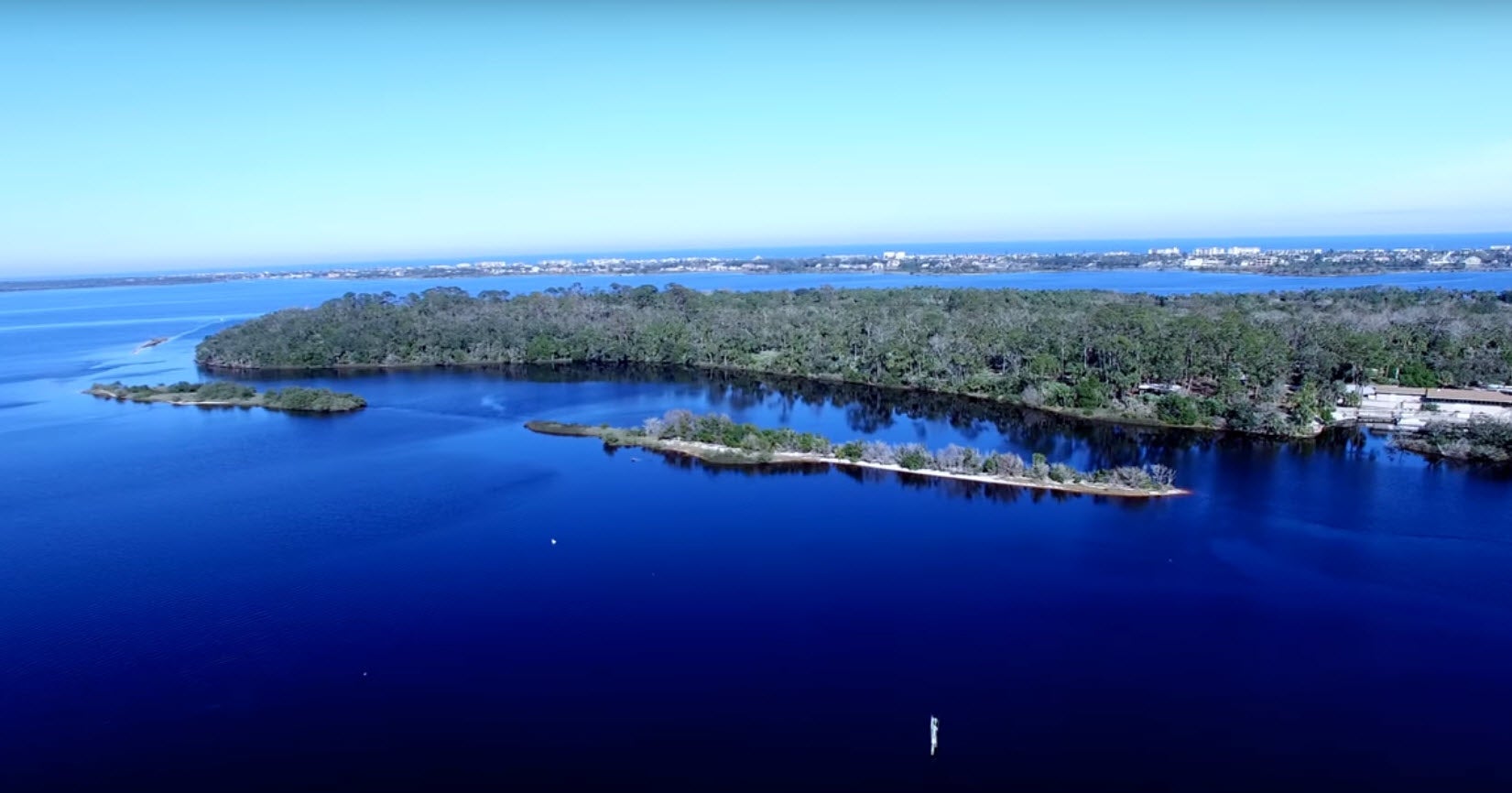
Native American and Plantation History

Nocoroco Village and Mount Oswald Plantation
Tomoka State Park is truly a natural and cultural gem in a populated area near the world-famous Daytona Beach and Ormond and Flagler beaches.
If you are a history buff you’ve come to the right place with historic sites of the Timucuan Native American village, Nocoroco, and the Mount Oswald Plantation that once grew sugar, indigo and cotton.


Approximately 1,000 years ago, the area now known as Tomoka State Park was inhabited by Timucuan Native Americans in the village of Nocoroco. The village was first visited by Spanish explorers led by Alvaro Mexia in the early 1600s. The explorers wrote that the Timucuan were “of goodly stature and covered in many tattoos.”
Nocoroco was one of the largest villages visited by explorers in Florida. The Timucuans lived throughout northeast and central Florida, making them the predominant Native American group in the area.
Nocoroco once covered the Tomoka Point area where the freshwater Tomoka River meets the saltwater Halifax River. The nearby salt marsh is home to a variety of animals and plants, many of which were a part of the Timucuan diet, such as oysters and clams. The Timucuans left remnants of their daily catch, turning this land into a giant shell midden rising 40 feet above the shoreline. Along the shore of the Tomoka River you can still see the sloped earth and mounds of oyster and clam shells along the riverbank. These shells are the last remaining artifacts of Nocoroco.
The Timucuan population was devastated by exposure to European diseases for which they had no natural immunity. By the late 1700s, the Timucua were completely gone.

At the end of the French and Indian War in 1763, Spain returned Florida to England. The British government encouraged settlement in Florida by offering land grants to those who were interested.
In 1766 wealthy Scottish merchant Richard Oswald acquired 20,000 acres of land along the Halifax and Tomoka rivers from the British government. Oswald’s plantation encompassed what is now Tomoka State Park.

The Mount Oswald Plantation brought enslaved Africans to clear land and to grow and harvest indigo, rice, cotton and sugar.
In 1785, when British rule ended, Mount Oswald was abandoned. Oswald’s major contribution to history was his participation in the preliminary peace negotiations at the end of the American Revolution. He and his American counterparts Benjamin Franklin, John Jay, John Adams and Henry Laurens signed the first documents of the treaty in Oswald’s Paris hotel room.
Oswald has been given the credit and the blame for negotiating a peace so favorable to the United States.

The East Florida plantations flourished in the early 1800s throughout this area. Most operations grew sugar cane, rice and cotton.
The Seminole tribes had peaceful relations with the plantation owners and traded wild game for dyed cloth and ammunition.
In late 1835 U.S. troops came and occupied several plantations but relocated to St. Augustine at the end of January 1836. With the troops gone, the Seminole tribes burned all the eastern Florida plantations, which were never rebuilt.
Today indigo plants can be seen still growing throughout the Tomoka State Park area.
As you stand at the end of Tomoka Point and look out over the Tomoka basin, you can imagine a world without crowds and silence with the absence of planes and cars, and take yourself back to the time the Timucuan Indians inhabited this area centuries ago. Picture their Nocoroco village and daily life.
Visit Tomoka State Park and take a step back in time. Come picnic and relax under the same shade oaks where the Timucua lived and the Oswald Plantation once stood.
